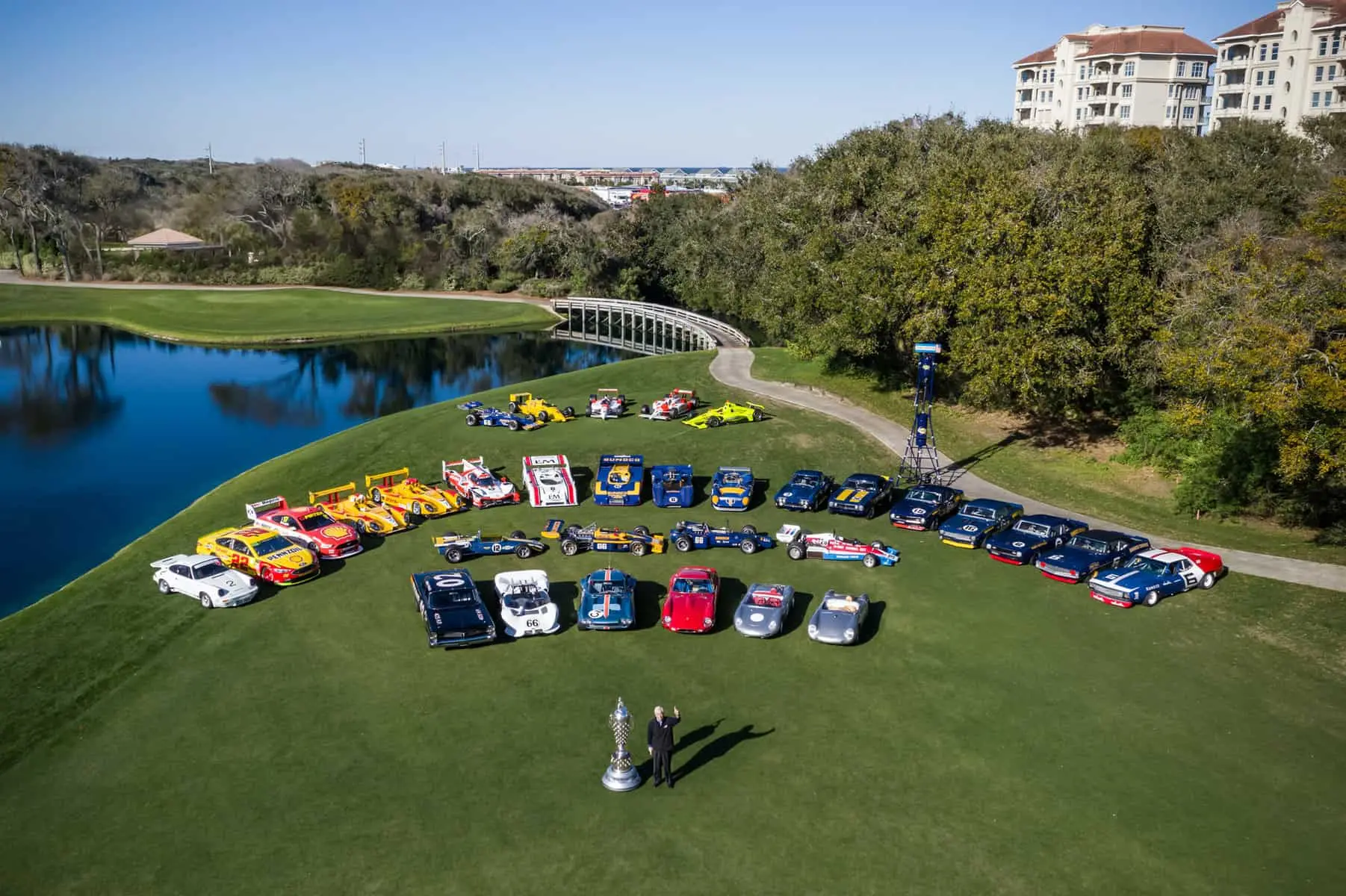Business F1 Top 20 Petrolheads: Roger Penske, Absolute Dedication
06 April 2024 4 min read 4 images

Photo credit: Business F1, Porsche
Roger Penske dominates American racing like no one else before him. He does not only run successful racing teams, but also owns the IndyCar series and the legendary Indianapolis circuit. He manages a giant group of companies with annual sales of nearly $40 billion, from truck rentals to car dealerships. Despite the big company business, he is fully committed to racing and can be seen almost every weekend at a racetrack supervising his many teams and drivers: Representing the very image of passion for motorsports. Like Bernie Ecclestone, the man who made Formula One big, Penske started out by trading used cars and has experienced it all: From driver, team owner to the Formula Indy, the world's oldest racetrack in Indianapolis, and everything in between.
Register to unlock this article
Signing up is free and gives you access to hundreds of articles and additional benefits. See what’s included in your free membership. See what's included in your free membership.
Already have an account? Log In


